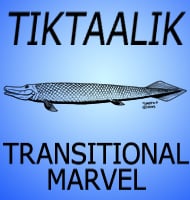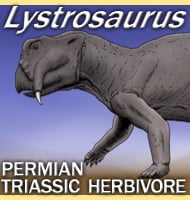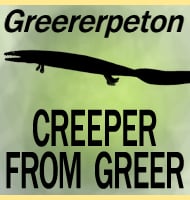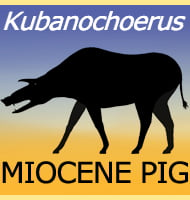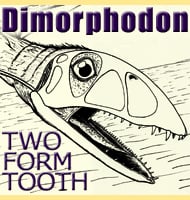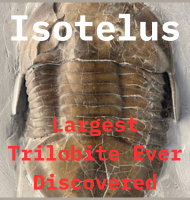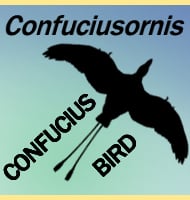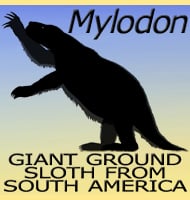In Depth
Described from a skull, Hypercoryphodon was a pantodont mammal that is considered to be a potential descendent of the better represented Coryphodon. As such Hypercoryphodon is also envisioned to be a quadrupedal hippopotamus-like herbivore that may have been able to adapt its feeding to suit different situations. Other than this Hypercoryphodon is thought to have possibly lived in wetland to forest ecosystems that it might have shared with other herbivores such as dinoceratans like Gobiatherium.
Hypercoryphodon was named in 1932 by Walter Granger and Henry Osborn, the latter of which named some of the most famous prehistoric animals of all time including Tyrannosaurus, Velociraptor and Oviraptor amongst many others.
Further Reading
Further reading- Coryphodonts and uintatheres from the Mongolian expedition of 1930. – American Museum Novitates 552:1-16. – H. F. Osborn & W. Granger – 1932.

